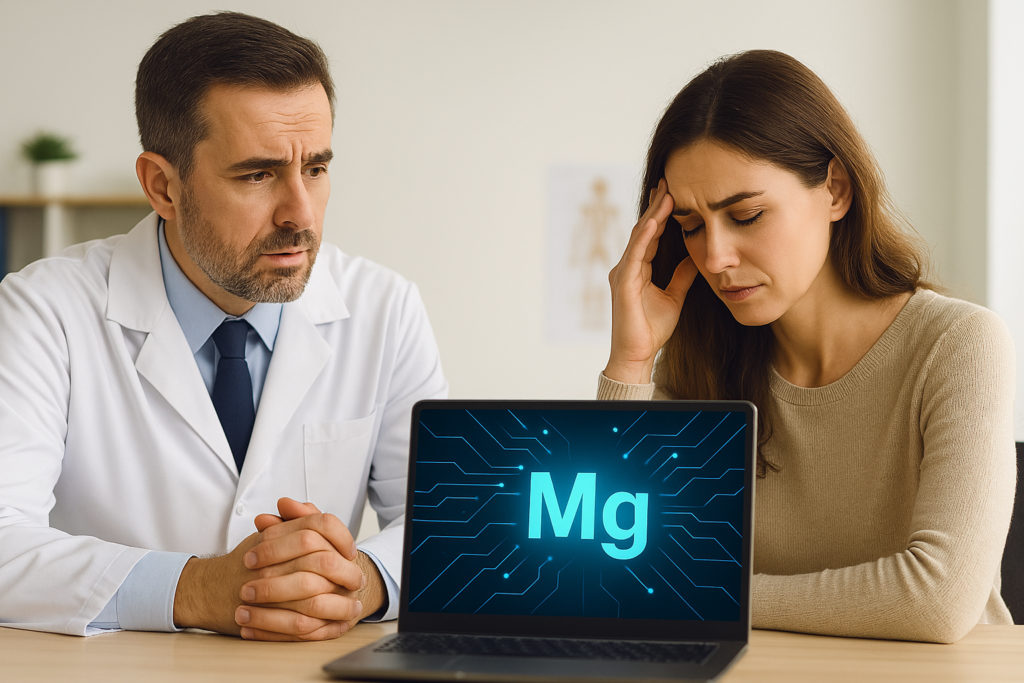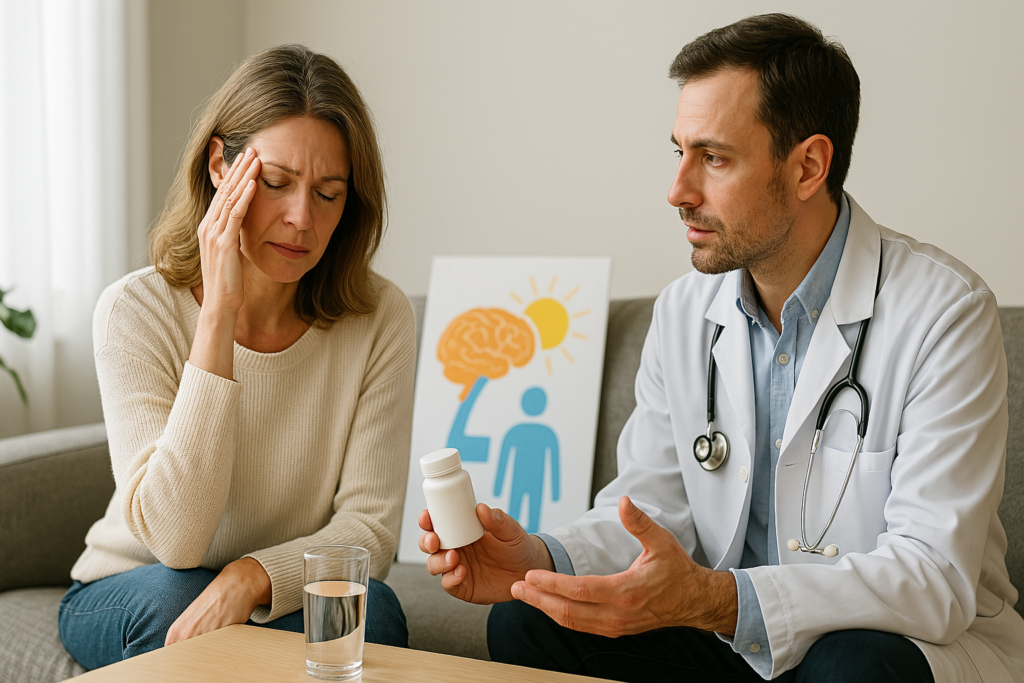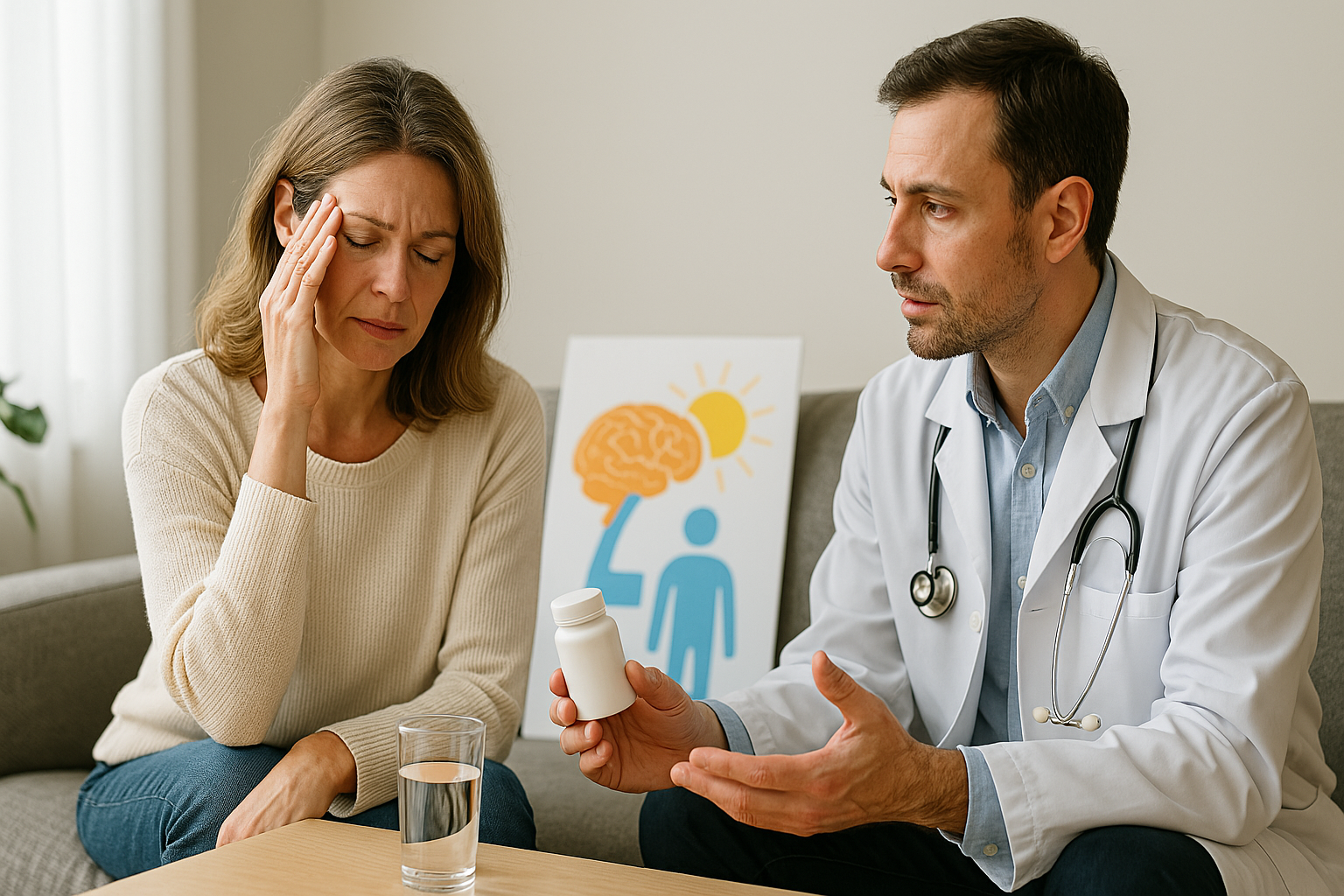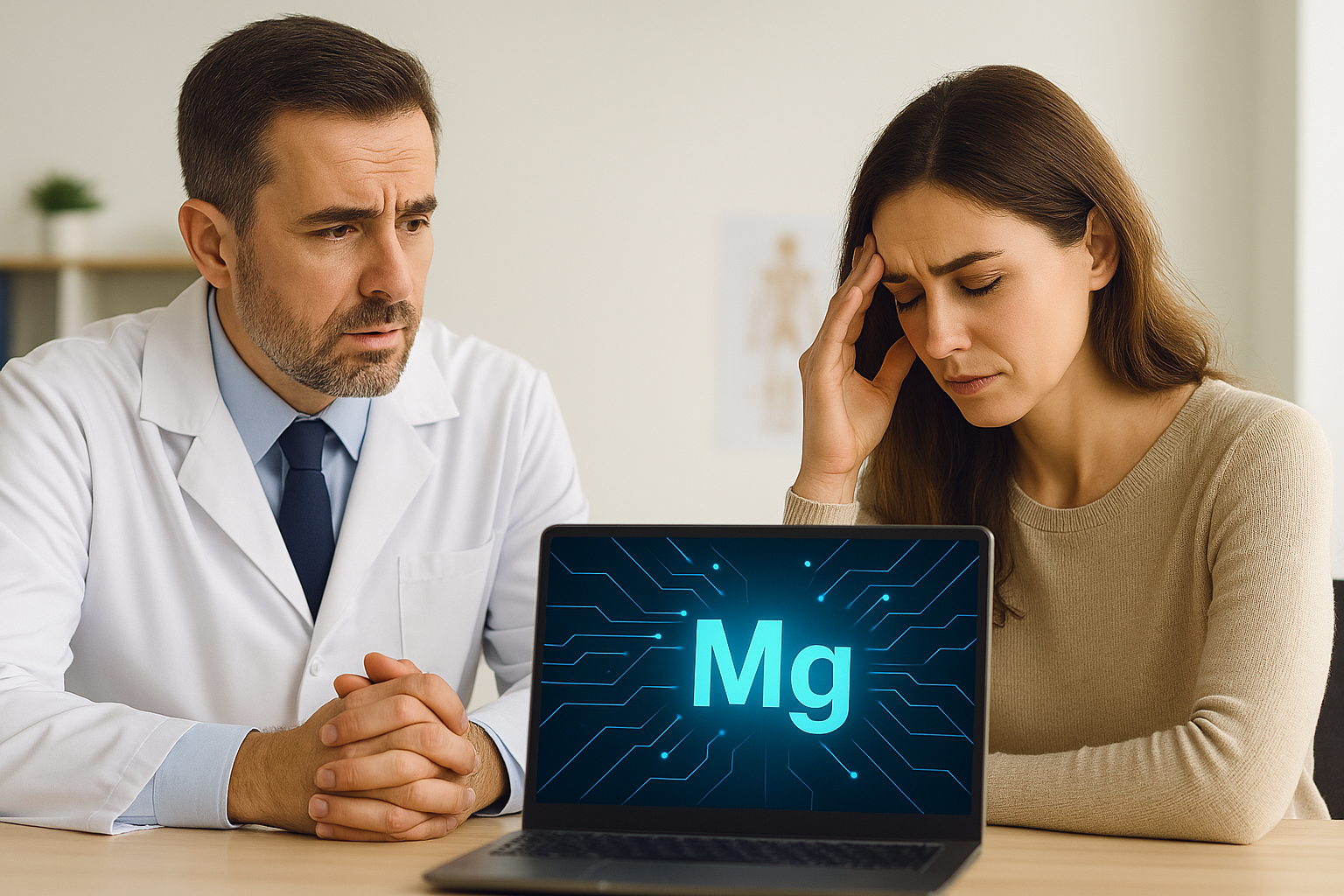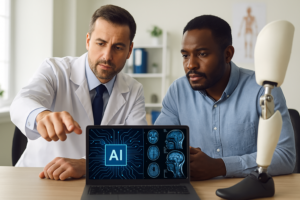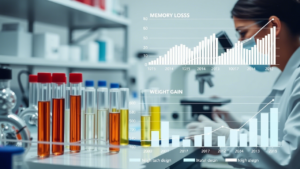Now Reading: AI Tools Enhance O&P Clinical Decision-Making and Patient Outcomes
-
01
AI Tools Enhance O&P Clinical Decision-Making and Patient Outcomes
AI Tools Enhance O&P Clinical Decision-Making and Patient Outcomes
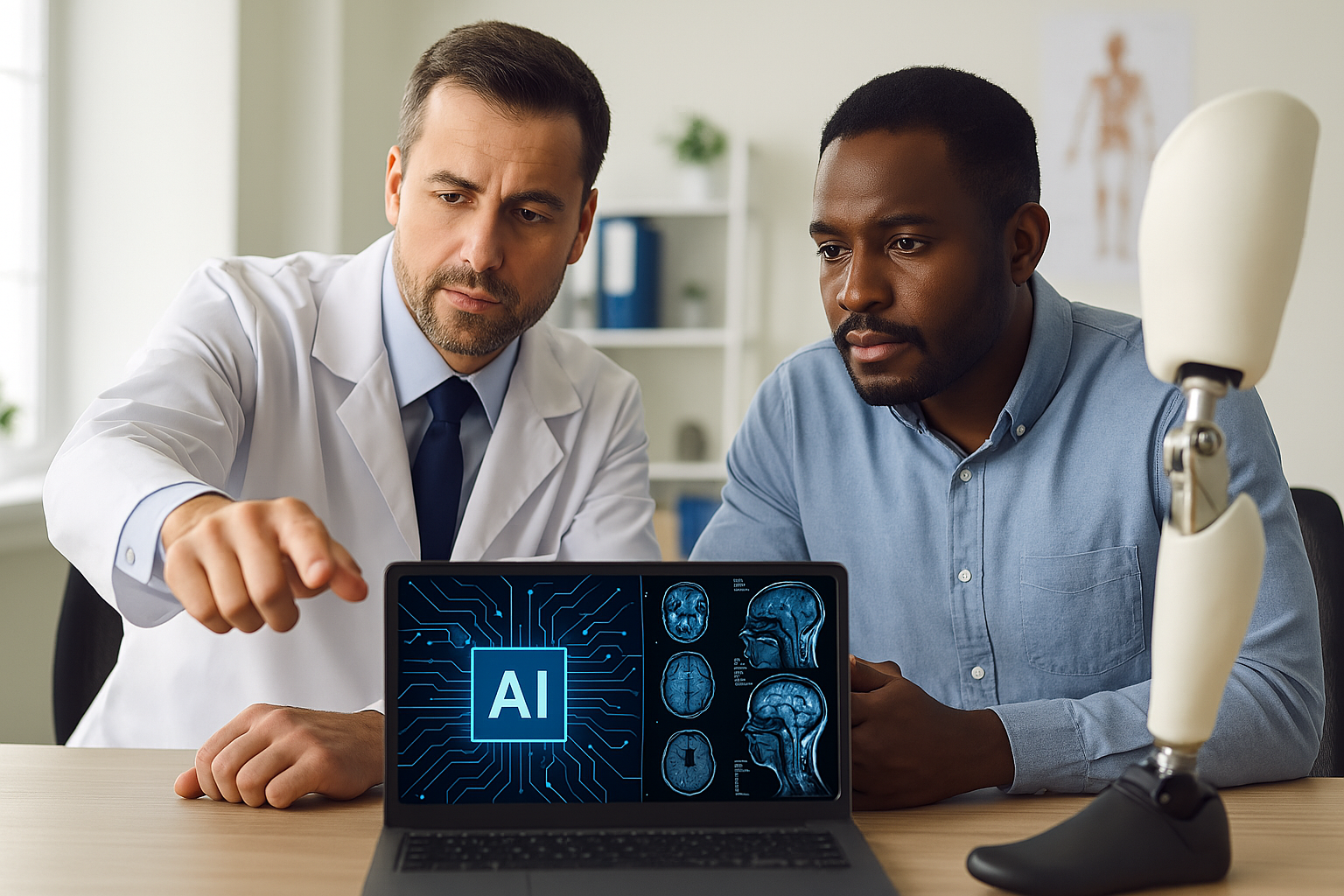
How AI is Transforming Orthotics & Prosthetics: Better Decisions, Better Outcomes
Imagine you’re an orthotist or a prosthetist, trying to decide the best device prescription for a patient. You’ve got loads of patient data, past treatment plans, and clinical experience — but you’re only human. What if a tool could help you see patterns, spot potential problems early, and even recommend the best course of action automatically? That’s exactly what artificial intelligence (AI) is doing in the world of orthotics and prosthetics (O&P).
In this blog post, we’ll explain how AI tools are changing patient care and decision-making in the O&P field. Whether you’re a medical professional, a student, or just curious about how tech is improving healthcare, read on!
What is AI Doing in Orthotics & Prosthetics?
Before we dive deeper, let’s break down the basics. AI in healthcare isn’t just about robots or futuristic machines. It refers to computer systems that can analyze data, learn from it, and suggest decisions or actions based on that learning.
In O&P, that means AI can:
- Analyze gait patterns (how someone walks)
- Predict successful outcomes based on patient data
- Reduce errors in device prescription
- Monitor real-time progress and adjust treatment accordingly
These abilities mean more efficient care, fewer complications, and better designs for devices that improve quality of life.
Real-Life Example: From Guesswork to Data-Supported Decisions
Let’s say a patient comes in who recently had a below-knee amputation. Traditionally, many decisions — like which prosthetic foot to use or how much support they need — relied on clinical experience and patient feedback.
Now, with AI tools, clinicians can look at data from thousands of similar cases. The system might flag that patients with similar residual limb lengths and gait dynamics did best with a certain combination of foot type and socket fit. That’s like having a research assistant with superhuman memory!
Where AI Really Helps in the Clinical Process
According to a recent article published in the Journal of Orthotics & Prosthetics, clinicians using AI tools reported:
| Clinical Task | Benefit from AI |
|---|---|
| Device Design | Improved customization and fit accuracy |
| Gait Analysis | Automated data reading and error detection |
| Treatment Planning | Data-driven predictions for success |
| Patient Monitoring | Real-time tracking and alerts for therapists |
AI Adoption in O&P Clinics – A Growing Trend
So how many clinics are actually using AI? The article reveals that about 92.8% of O&P survey participants believe AI significantly enhances care. That’s huge!
Why This Matters for Patients
You might be wondering, “Okay, but what does this mean for someone wearing a brace or a prosthetic limb?” Good question! Here’s how AI benefits everyday patients:
- Faster recovery: By identifying issues early on, patients can avoid setbacks.
- Better fit: AI helps fine-tune how a device fits the patient’s body — no more blisters or pressure spots.
- More comfort: AI-powered devices adjust based on how the patient moves.
- Affordable long-term care: Preventing complications saves time and money.
Think about it this way: If your shoe manufacturer could scan your stride and create a sneaker to match how you walk, wouldn’t you want that kind of custom fit? That’s what AI does for prosthetics and orthotics.
Challenges: Not All Smooth Sailing
Despite all the benefits, AI in O&P isn’t without its hurdles.
- Data quality: AI needs lots of accurate data — any errors can lead to poor suggestions.
- Privacy concerns: Patient health records must be kept secure.
- Cost of AI systems: Not all clinics can afford the tech (yet).
- Training needs: Clinicians need time to learn how to use AI tools properly.
Thankfully, industry leaders are working on these problems. Training programs, better software, and more investment in tech mean these roadblocks are becoming smaller every day.
AI-Driven Outcomes: What the Research Shows
Want some proof that AI is more than just a buzzword? The article reports that using AI led to better predictive accuracy in treatment models based on SMARTer data — meaning more successful device matches and less trial and error.
Let’s look at clinical impact improved by AI, based on clinician feedback:
What’s Next? The Future of AI in O&P
The future looks bright. As machine learning tools become more accessible, even small clinics may start leveraging the power of predictive analytics. Additionally, wearable devices powered by AI could help patients track progress independently — much like a health smartwatch but for specific rehabilitation goals.
There’s even talk of augmented reality (AR) merging with AI to guide clinicians in real-time during fitting sessions. Imagine a hologram showing pressure points as a prosthetist adjusts the fit — very sci-fi, but not far off.
The Bottom Line
AI is reshaping how we care for people who need orthotic or prosthetic devices. From better outcomes and faster decisions to safer, smarter treatments, it’s hard to overstate the impact. While there are still challenges, the journey has already begun — and the early returns look promising.
If you’re in the healthcare field, it might be time to start exploring AI tools. If you’re a patient, look for clinics that use tech to boost the care they give. Either way, the message is clear: when humans and machines work together, everyone wins.



